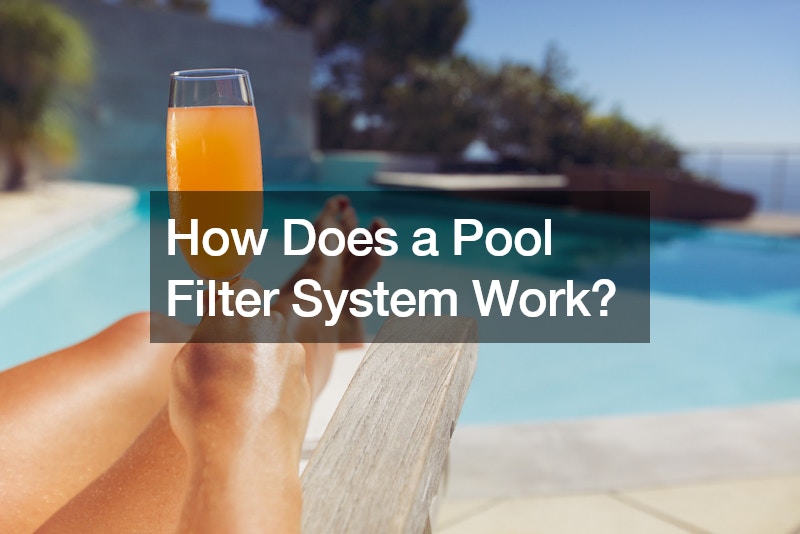When it comes to filtration applications, pools are a popular one. Let’s delve into the inner workings of a typical pool filter system.
Components of a Pool Filter System
Before delving into how it works, it’s important to understand the key components of a pool filter system:
- Filter: The filter is the heart of the system, responsible for trapping debris and contaminants from the water. There are three main types of pool filters: sand filters, cartridge filters, and diatomaceous earth (DE) filters.
- Pump: The pump is responsible for circulating water through the filter. It creates suction that pulls water from the pool, passes it through the filter, and then returns it to the pool.
- Plumbing: The plumbing system consists of pipes and valves that connect the pump, filter, and pool. It directs the flow of water through the system.
- Valves and Manifolds: Valves control the flow of water through different parts of the system, allowing for functions like backwashing and rinsing.
The Filtration Process
The filtration process begins when the pump is turned on. The pump draws water from the pool through the skimmer(s) and main drain(s) using suction. The water is then pushed through the plumbing system and into the filter.
- Sand Filters: In a sand filter, water passes through a bed of sand, which traps debris and contaminants. Over time, the trapped debris accumulates in the sand bed, forming what is known as the filter cake. To clean the filter, the flow of water is reversed during a process called backwashing, flushing the trapped debris out of the filter and into a waste line.
- Cartridge Filters: Cartridge filters contain one or more pleated cartridges made of polyester or other durable materials. Water passes through the cartridges, which trap debris and contaminants. To clean the filter, the cartridges are removed and hosed off or soaked in a cleaning solution to remove the trapped debris.
- DE Filters: DE filters use a fine powder called diatomaceous earth as the filter media. Water passes through a grid covered with DE, which traps debris and contaminants. Like sand filters, DE filters are cleaned through backwashing, but they also require periodic addition of DE powder to maintain filtration efficiency.
Return to the Pool

After passing through the filter, the clean water is returned to the pool through return lines. The return lines are strategically positioned to promote circulation and mixing of the treated water throughout the pool.
Maintenance
Regular maintenance is essential to ensure the proper functioning of a pool filter system. This includes backwashing (for sand and DE filters) or cleaning (for cartridge filters) regularly to remove trapped debris and maintain filtration efficiency. In addition, monitoring and adjusting chemical levels is essential to ensure balanced water chemistry. Finally, inspecting and cleaning skimmer baskets, pump baskets, and other components is important to prevent clogs and maintain optimal flow.
Pools are one of the most utilized filtration applications. Understanding the components and processes involved is essential for the effective maintenance and enjoyment of a swimming pool.
